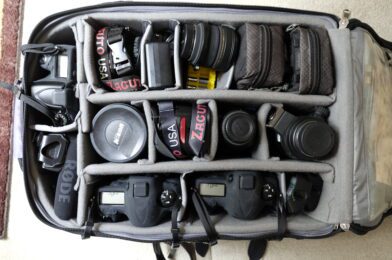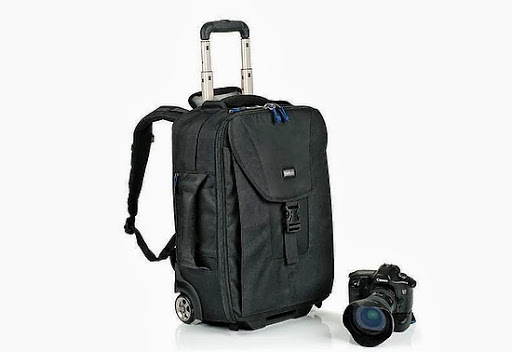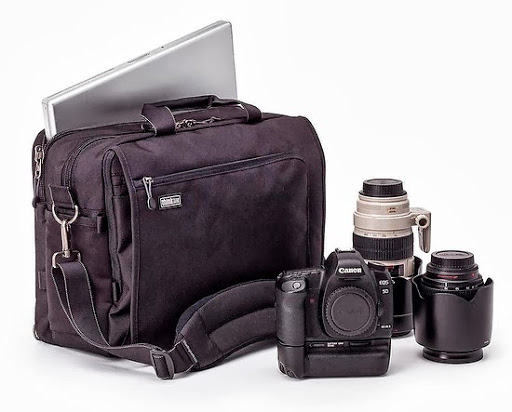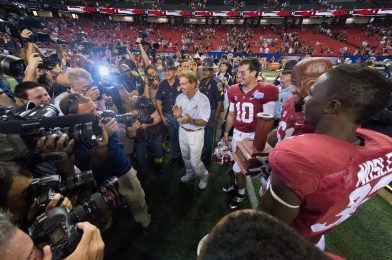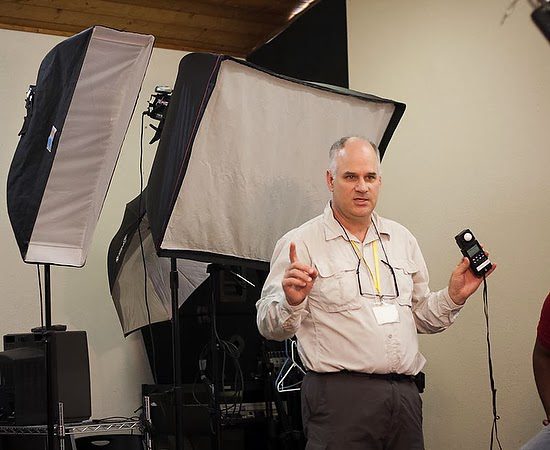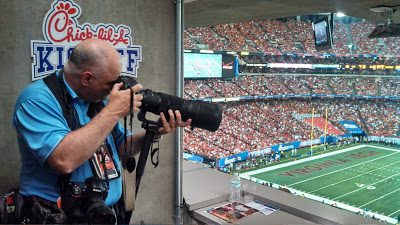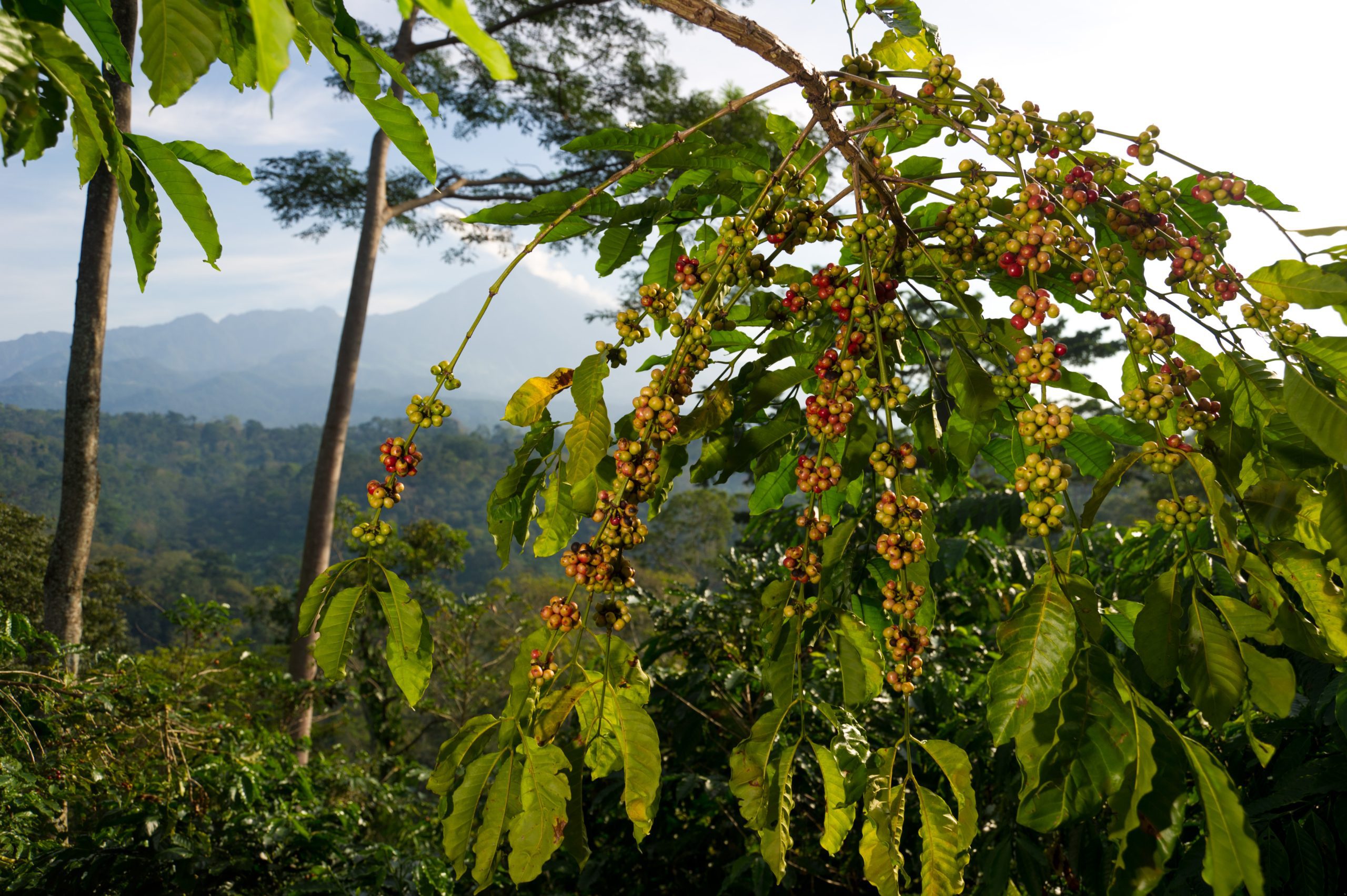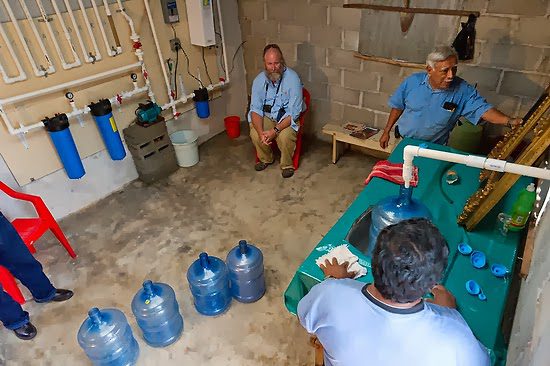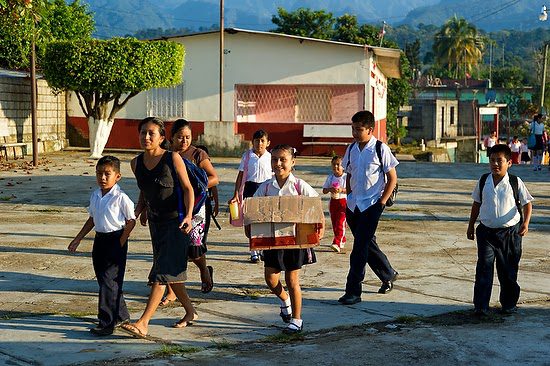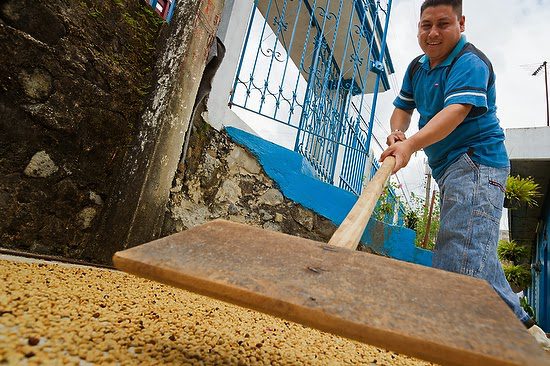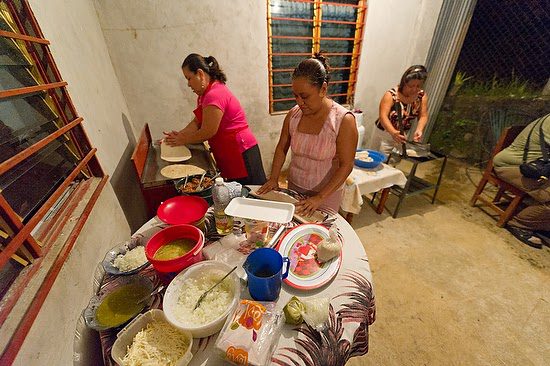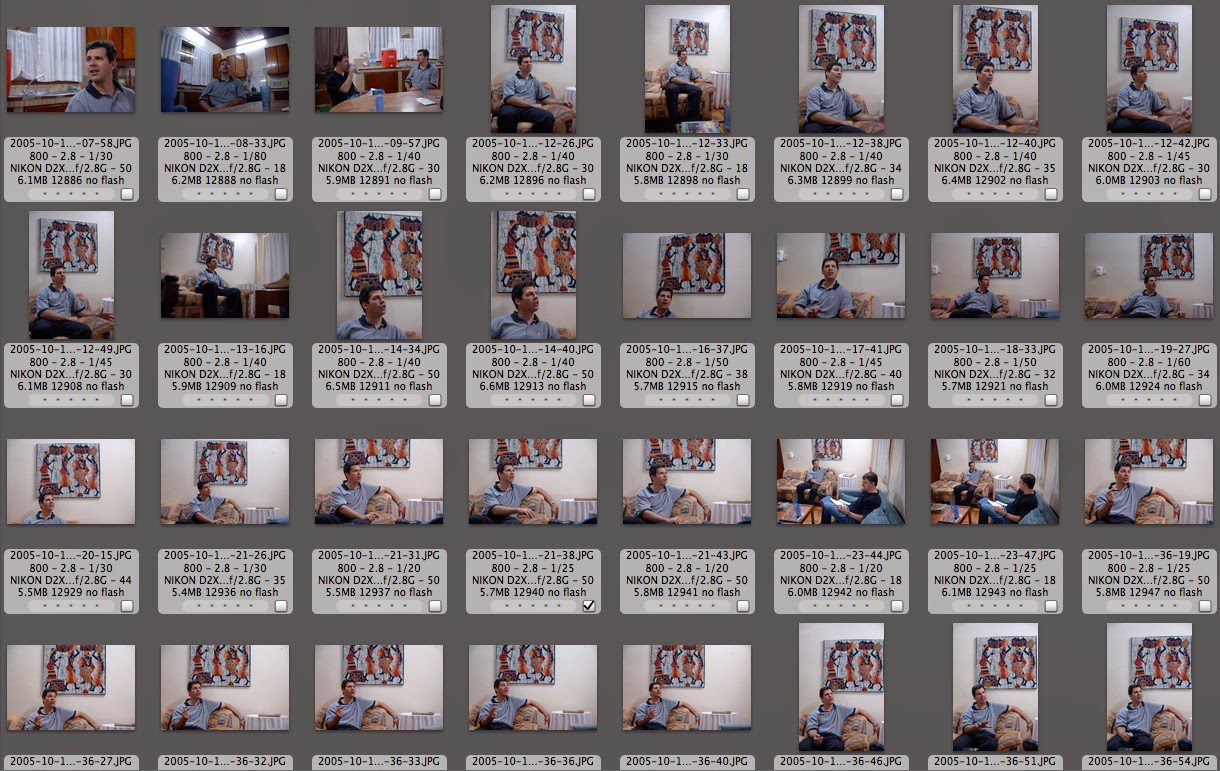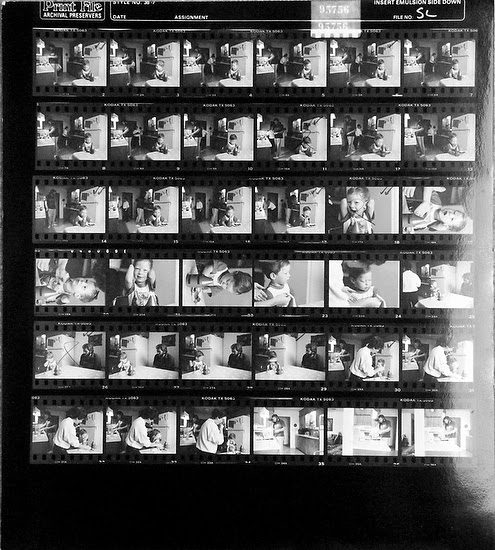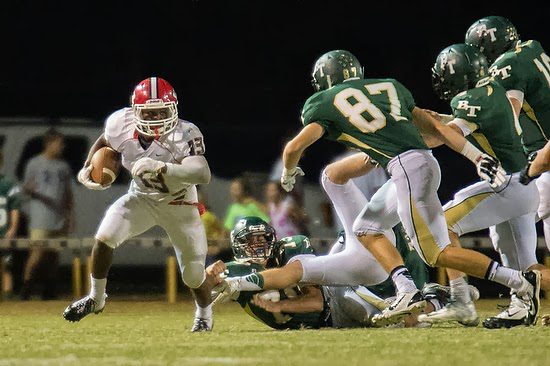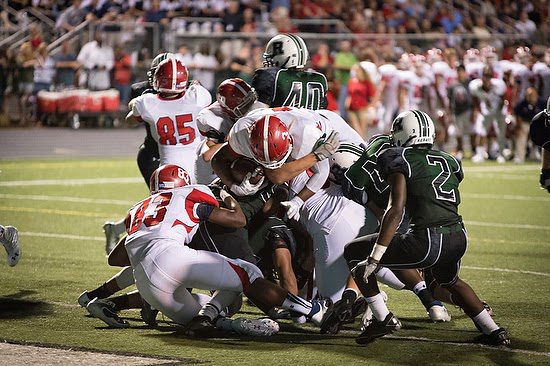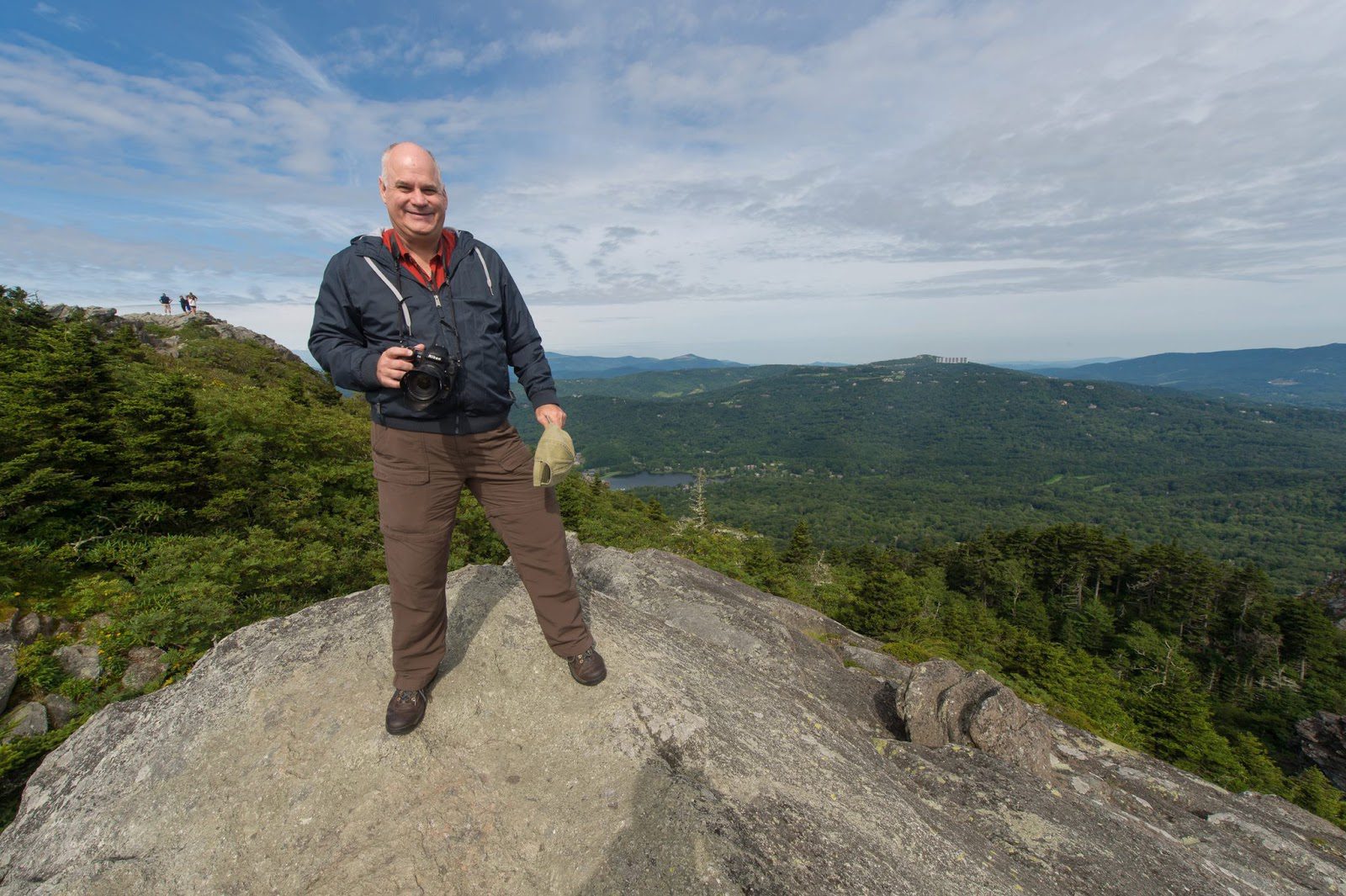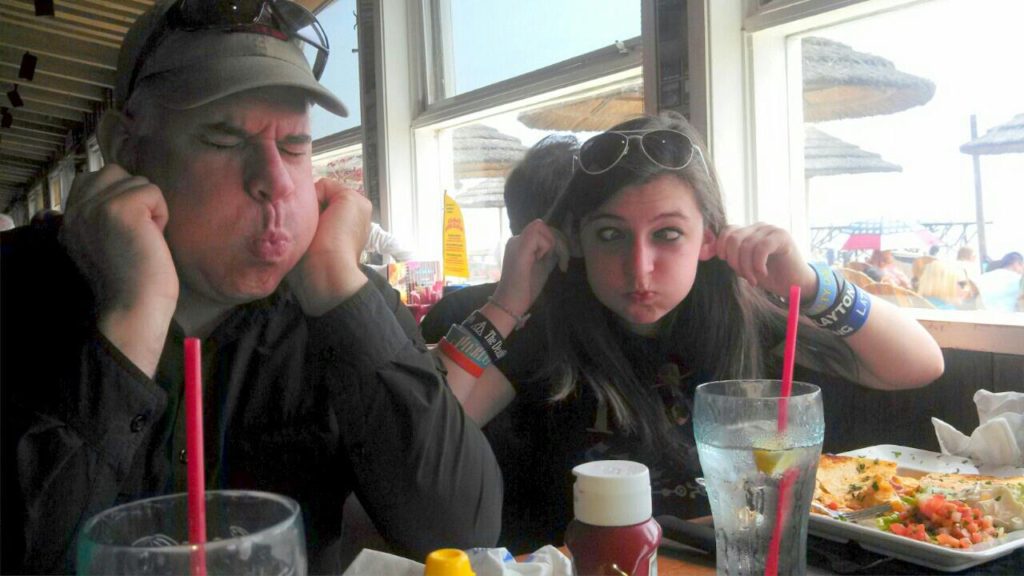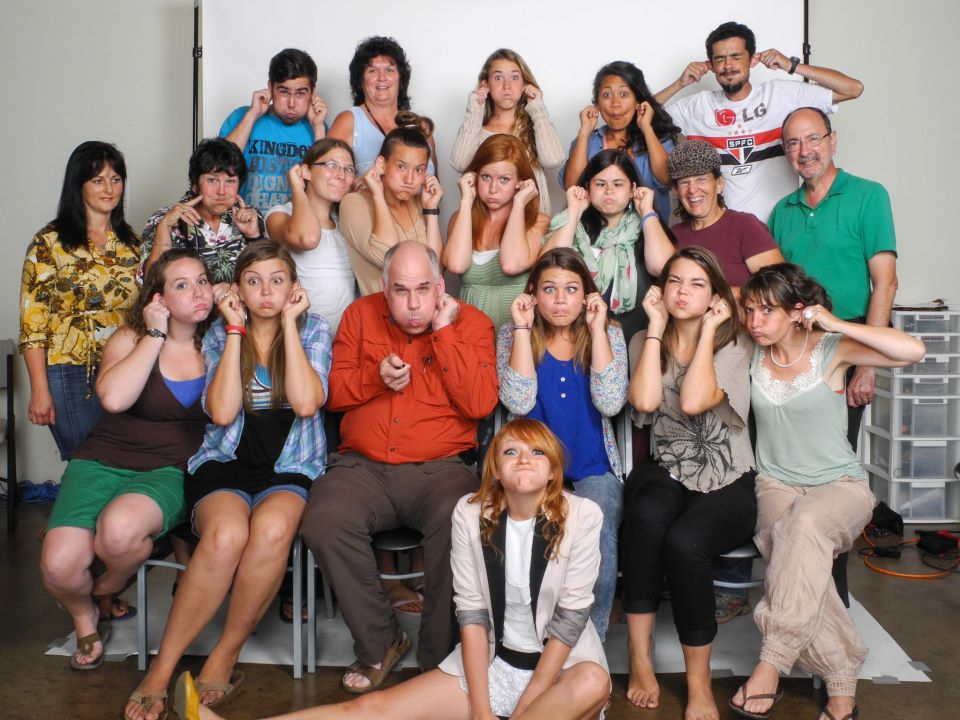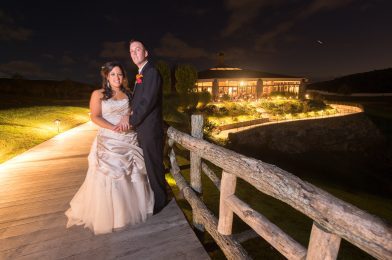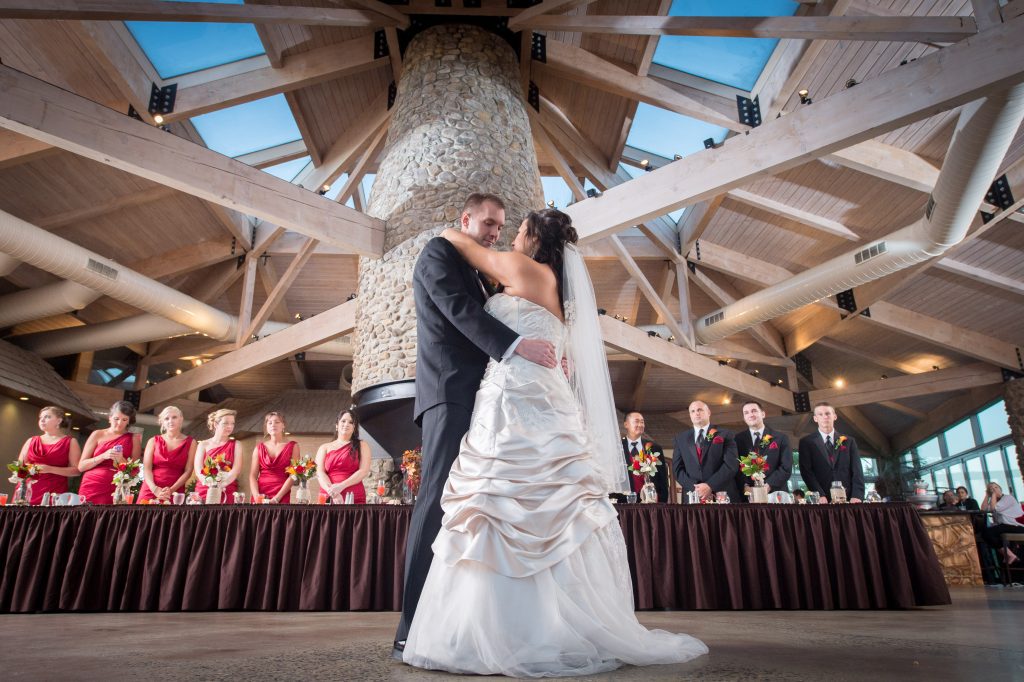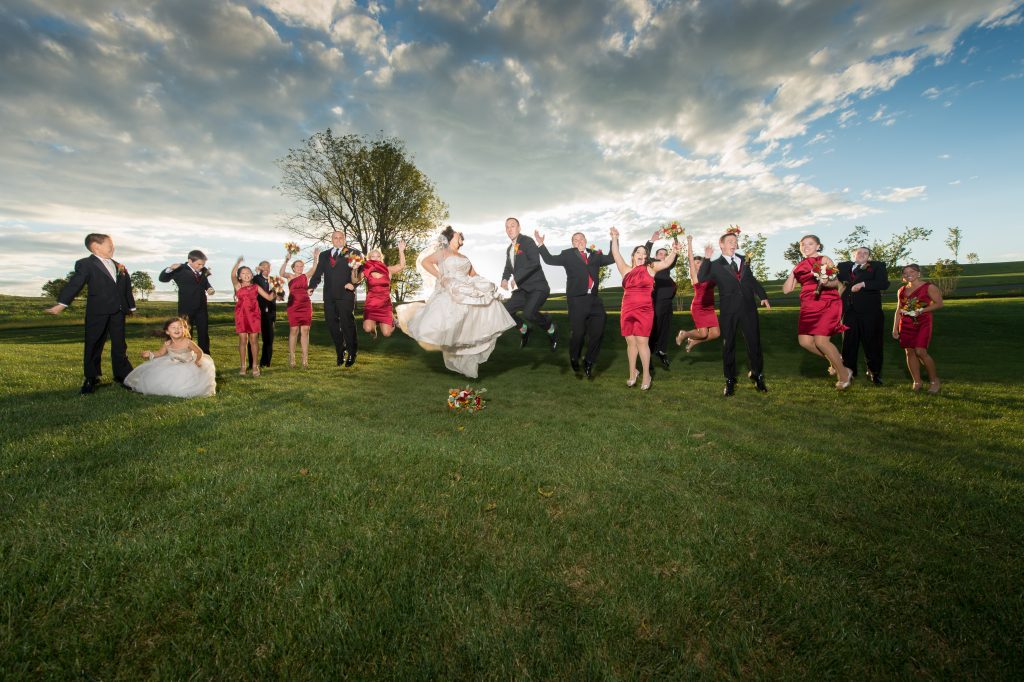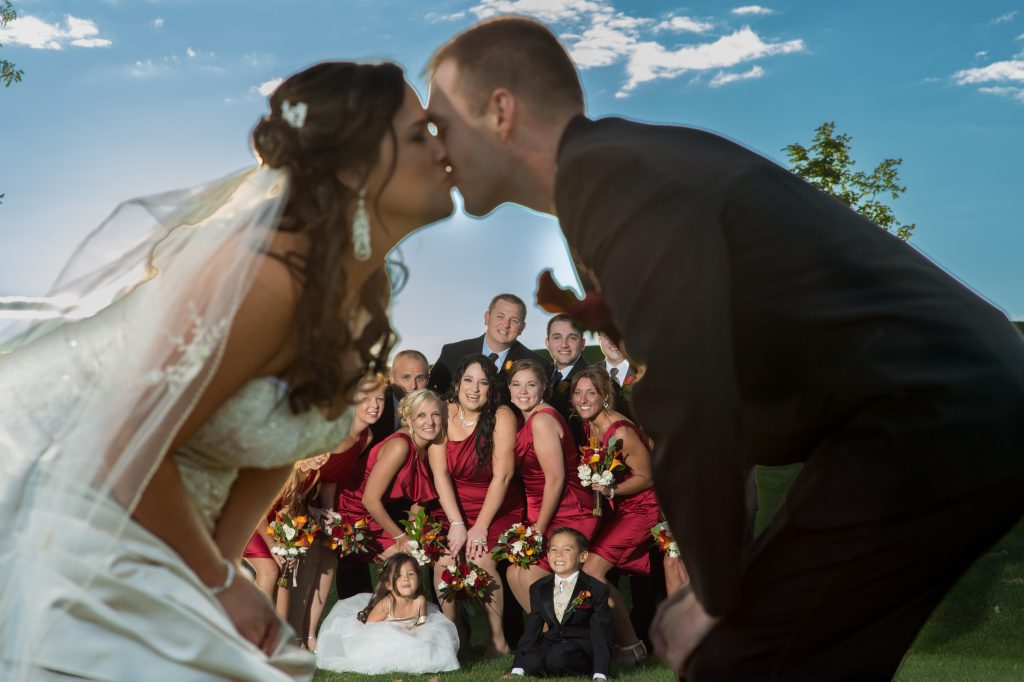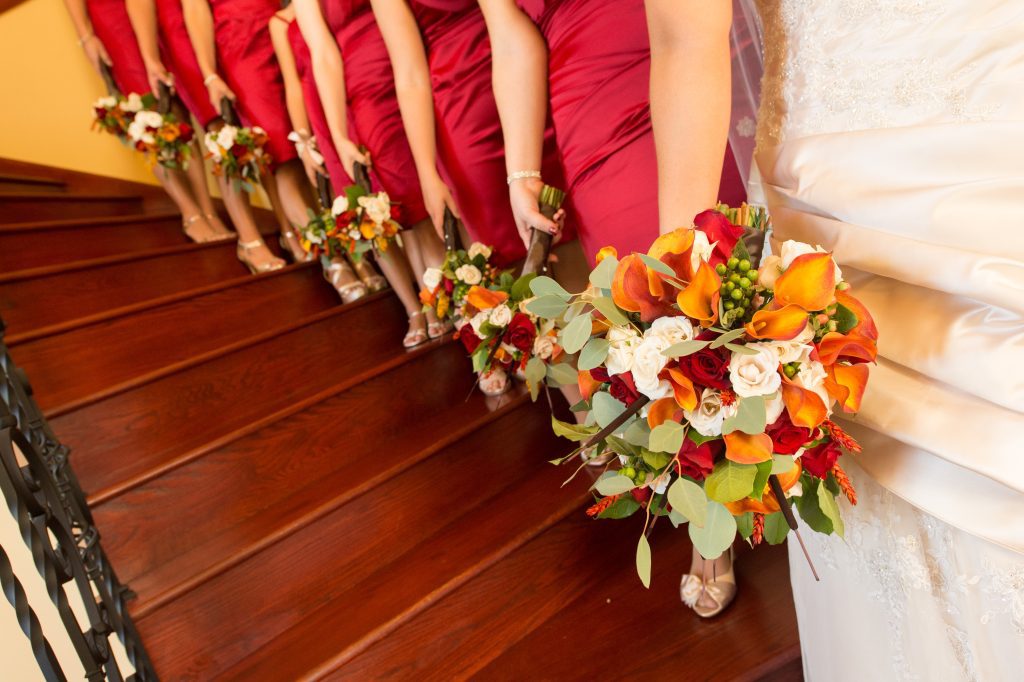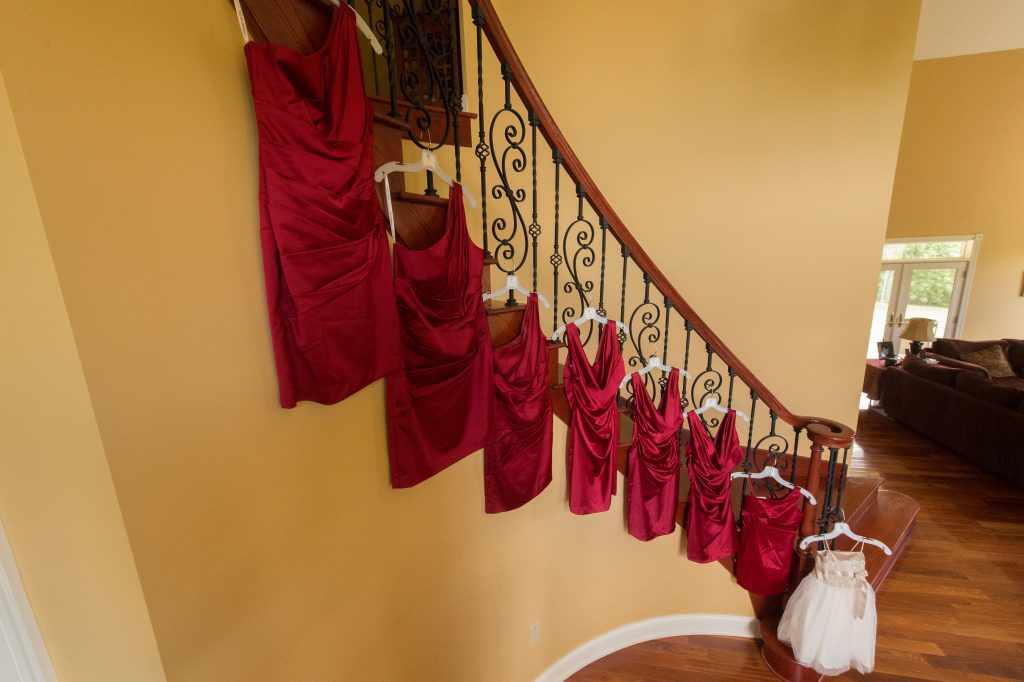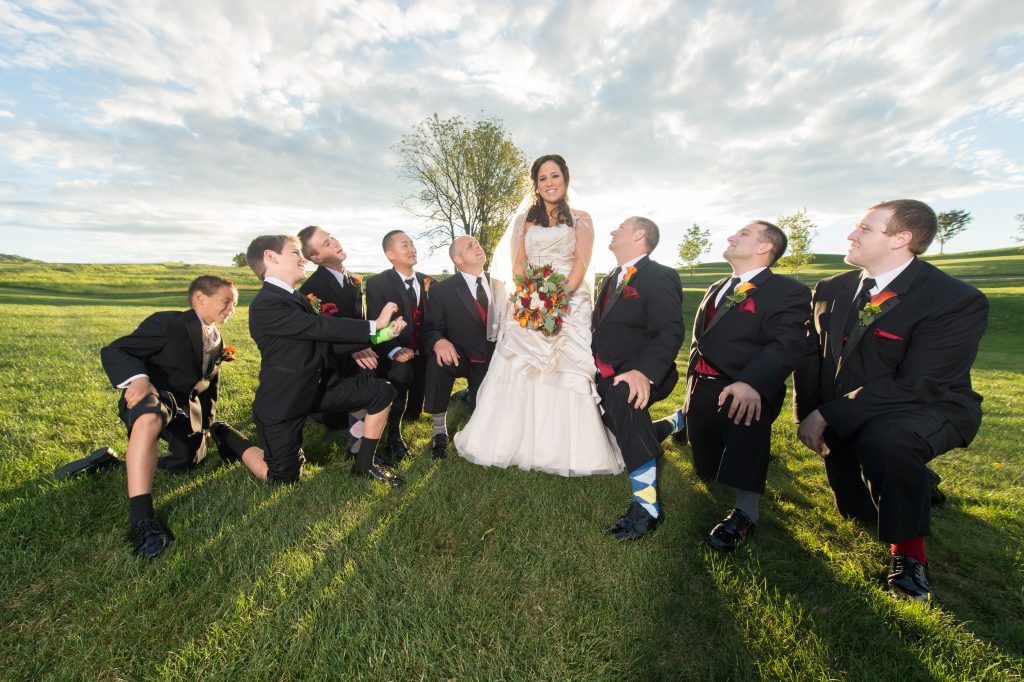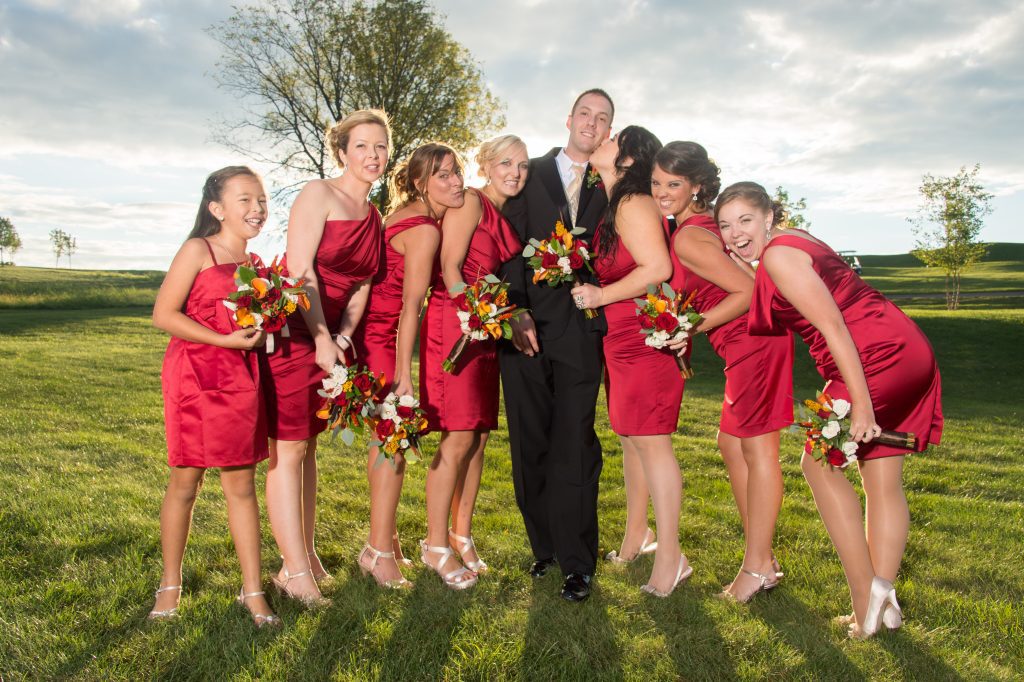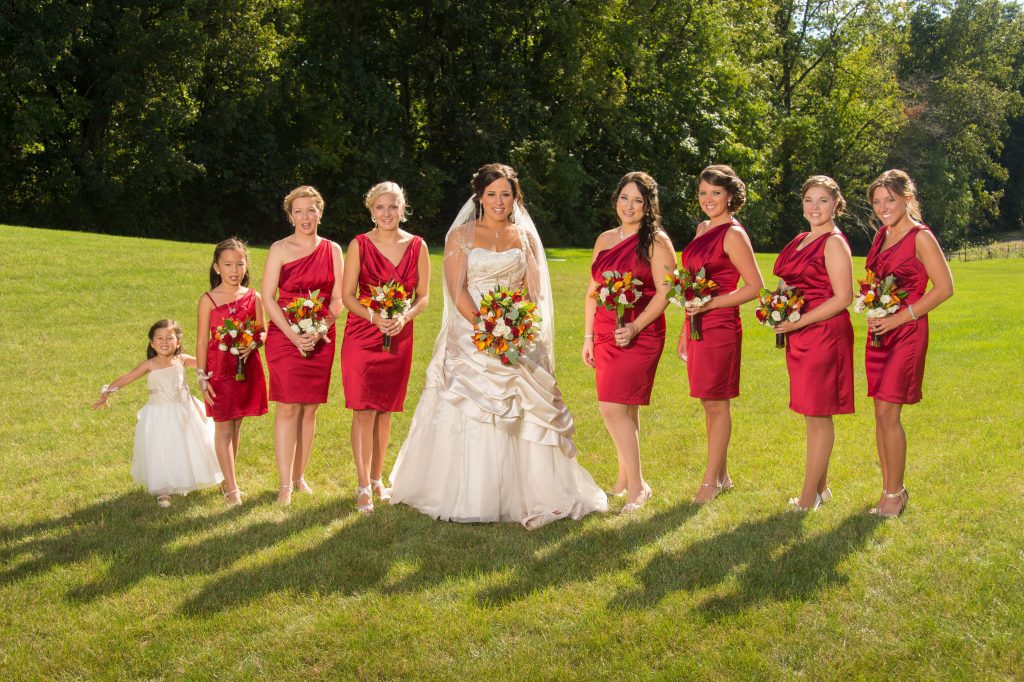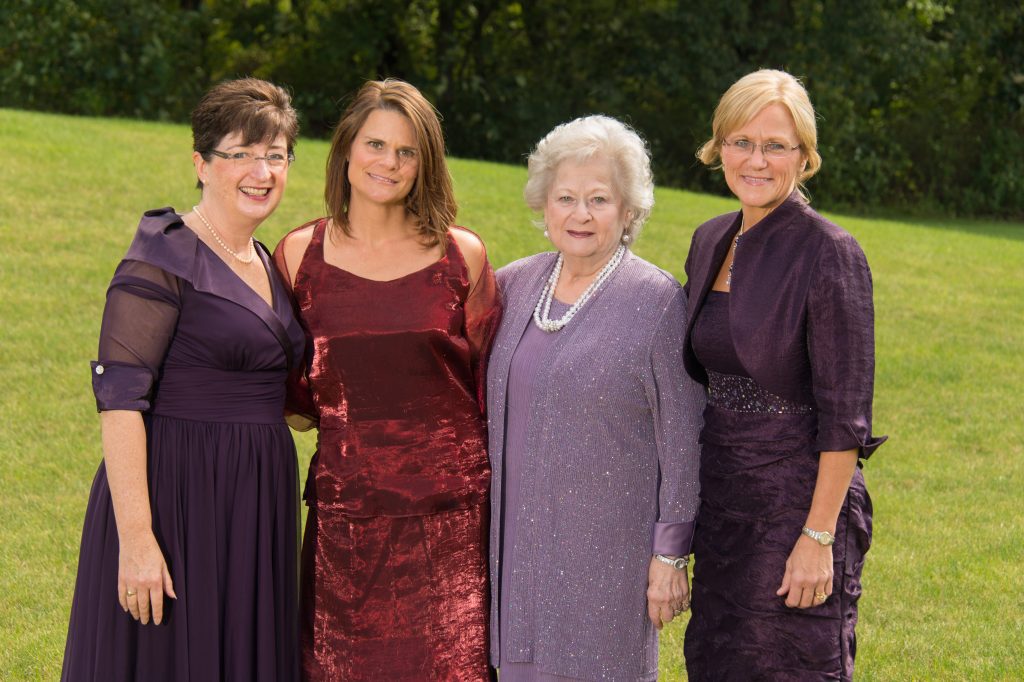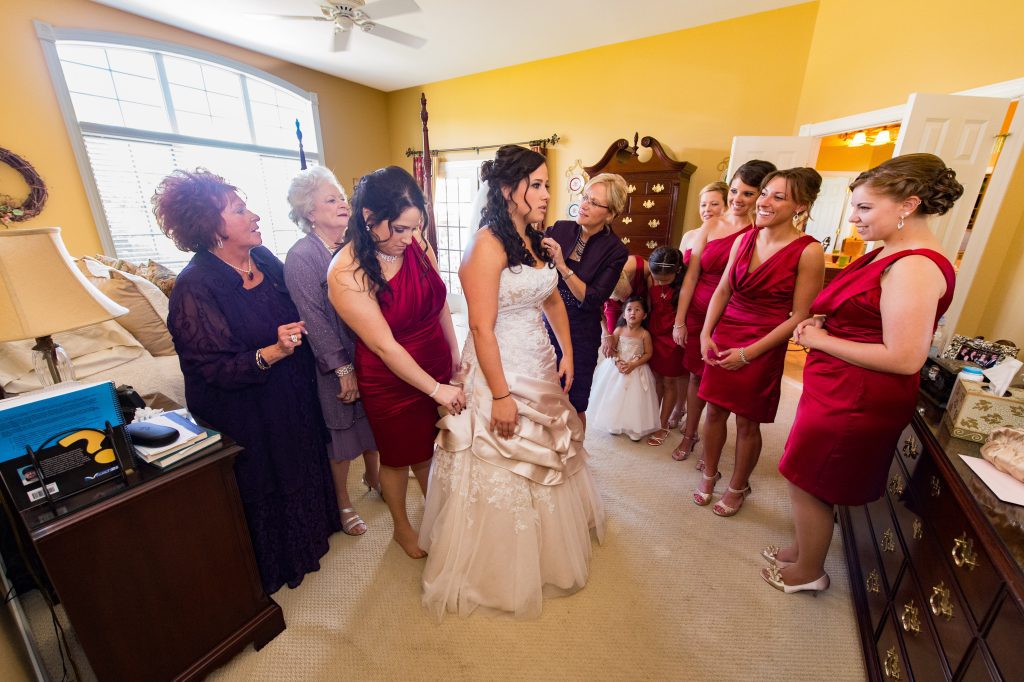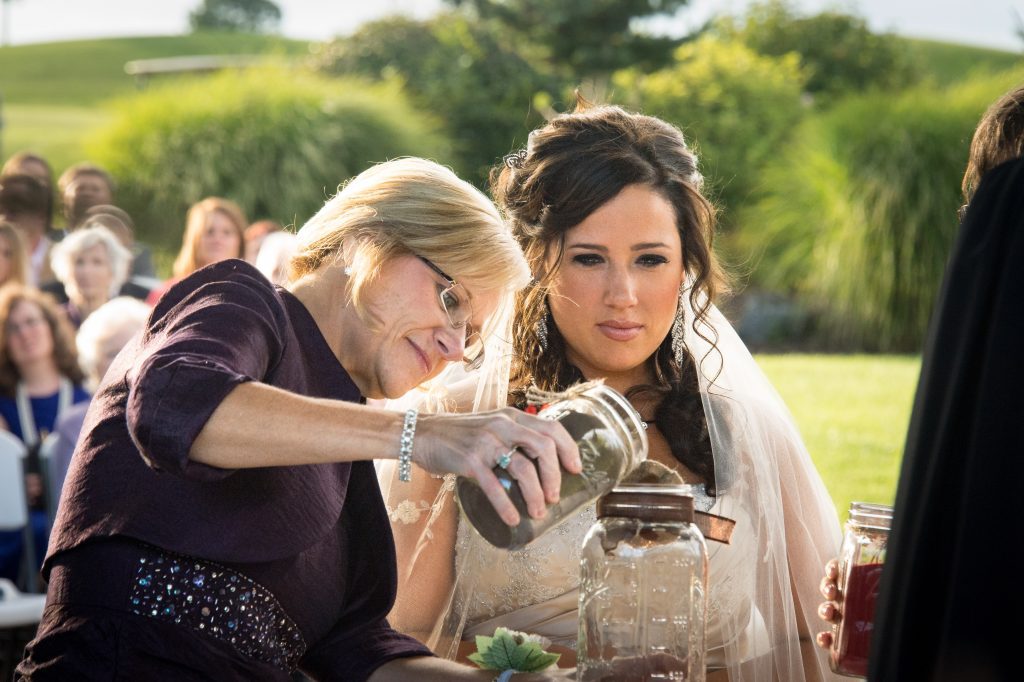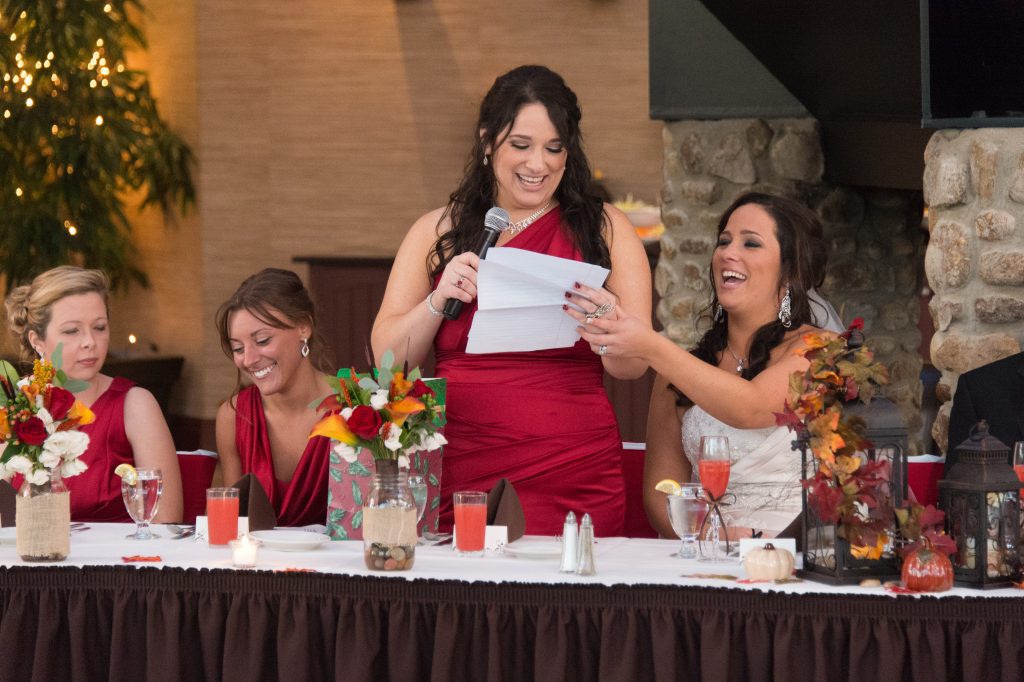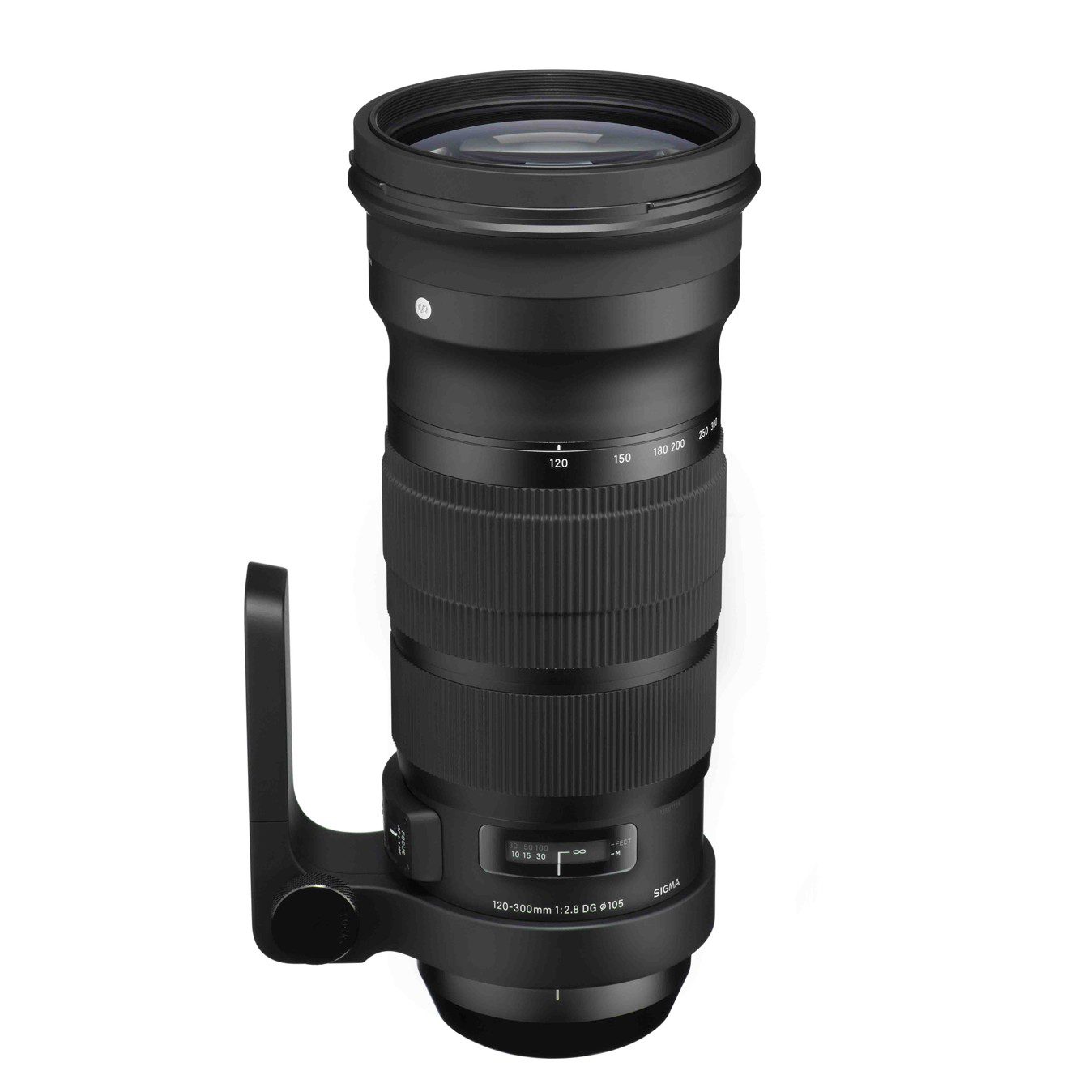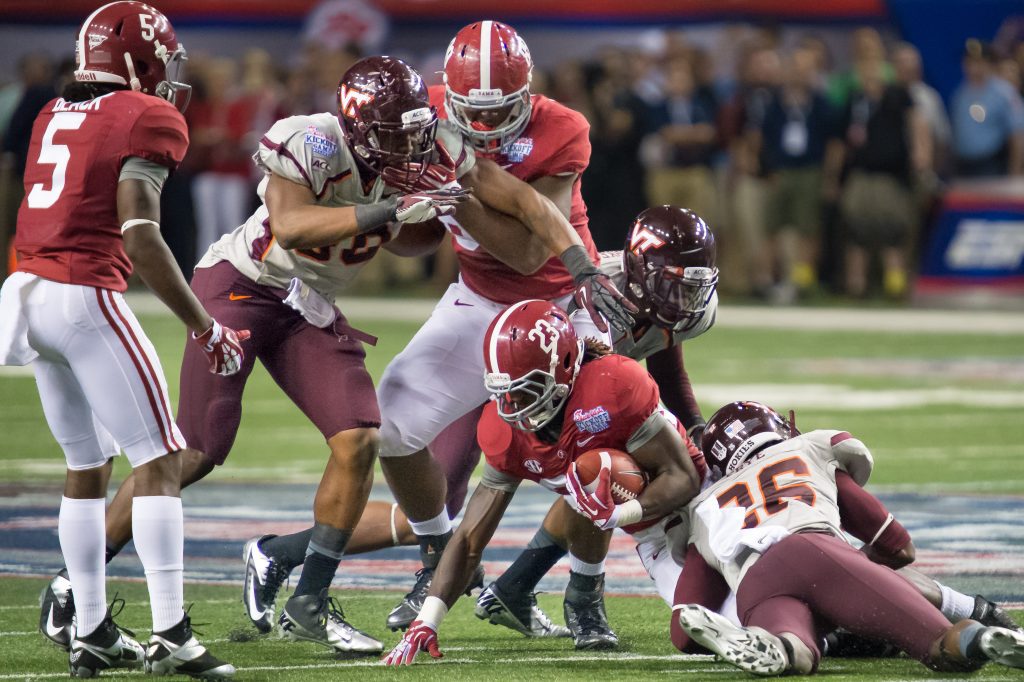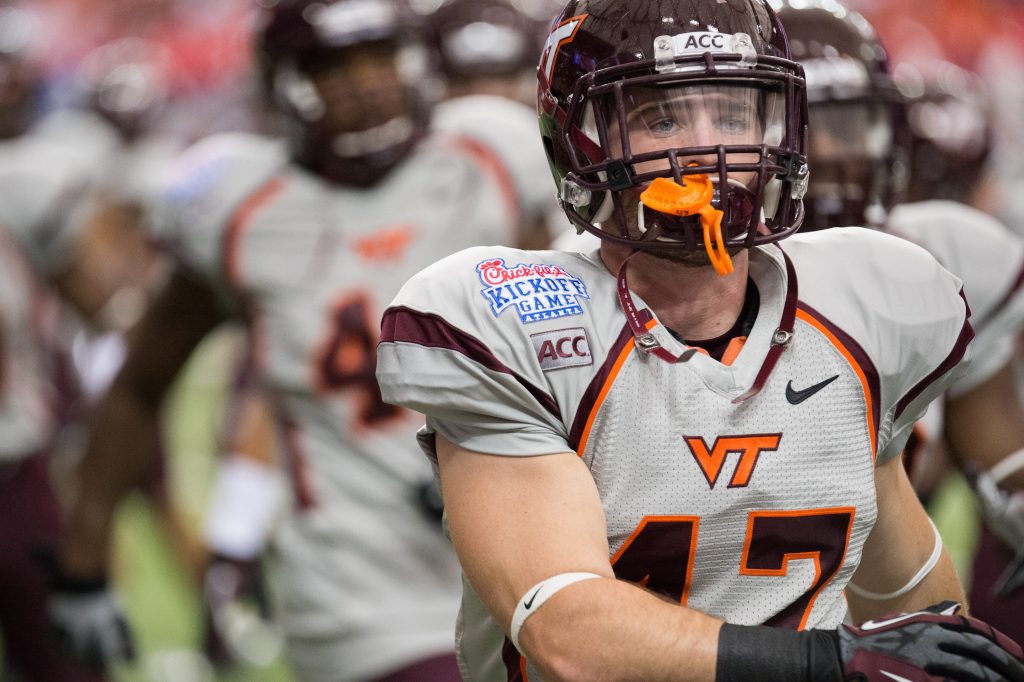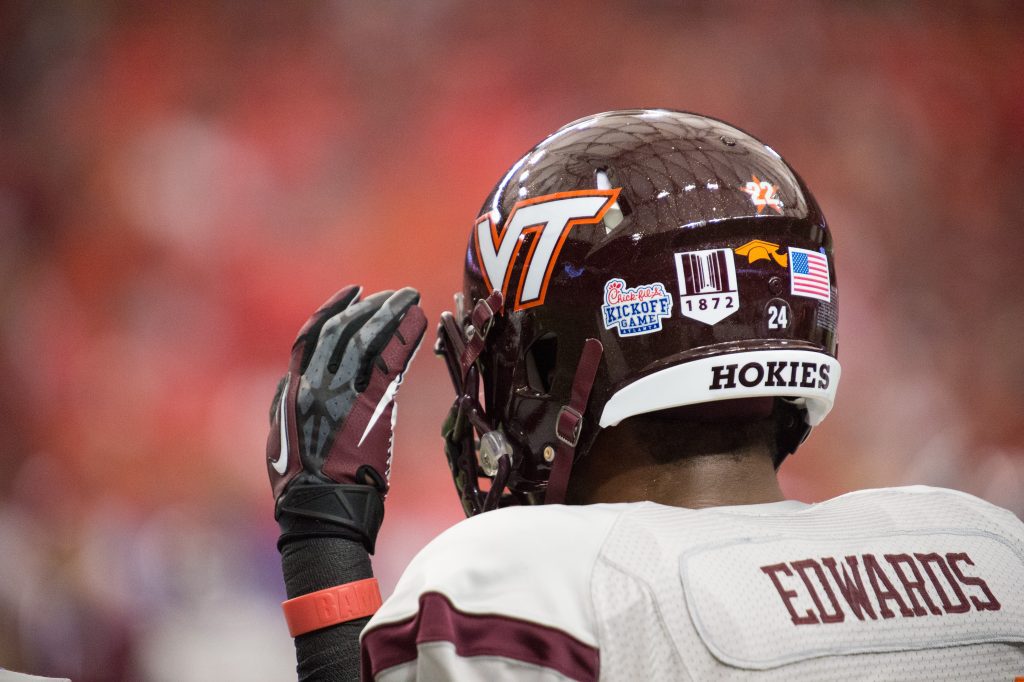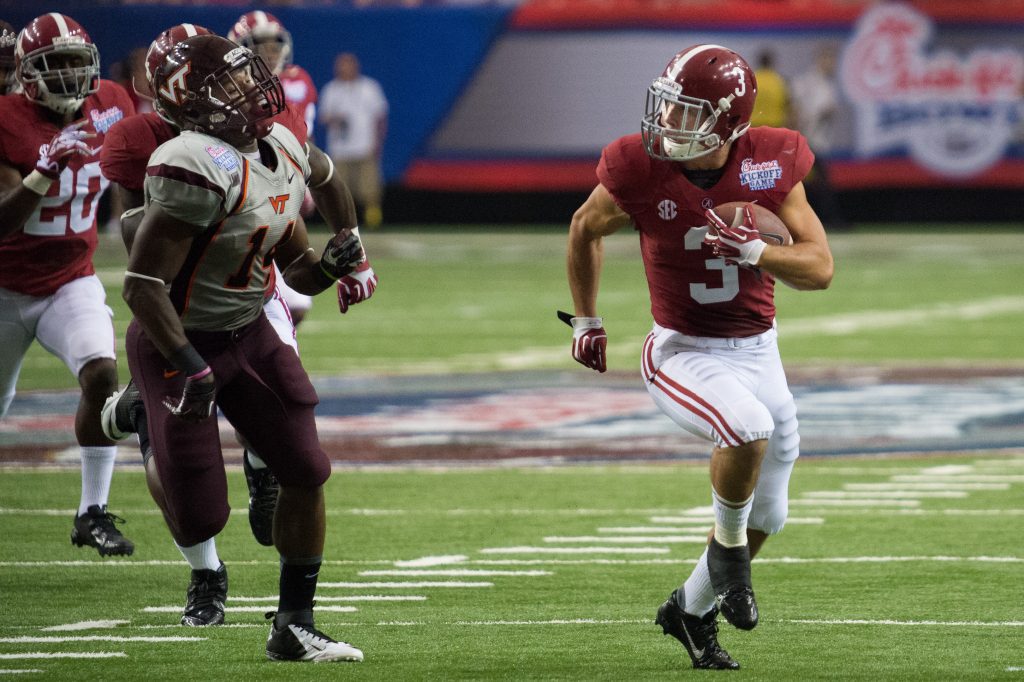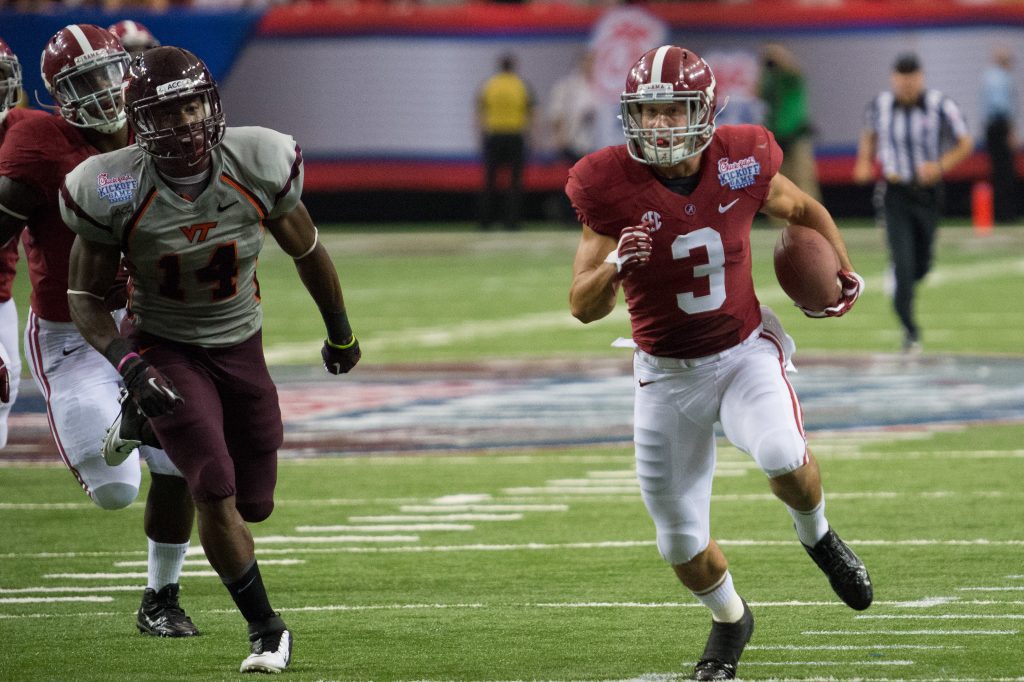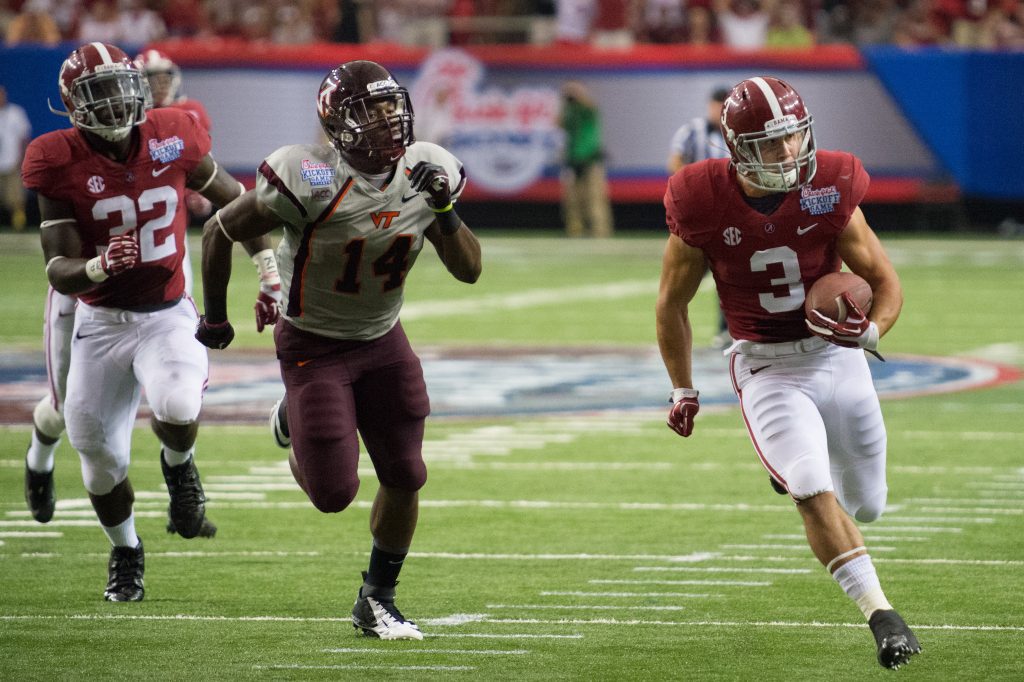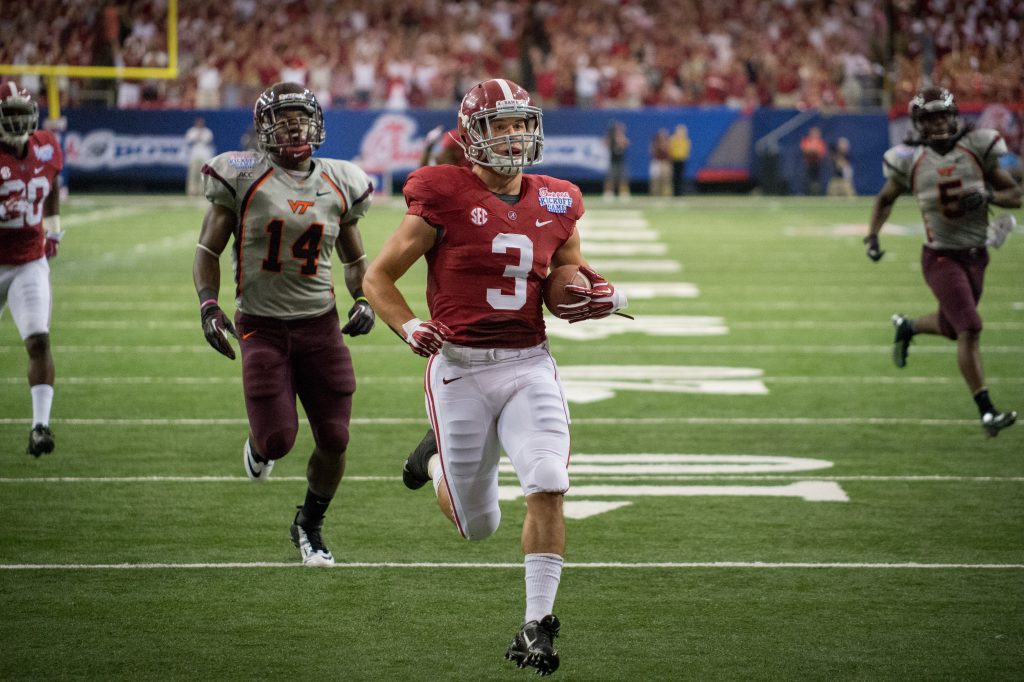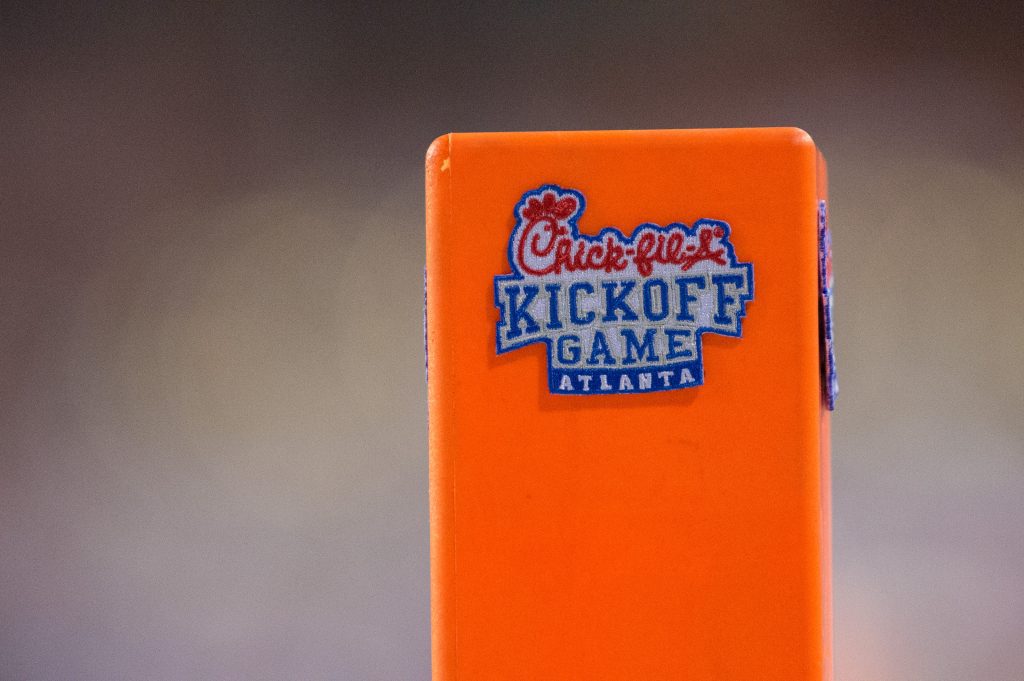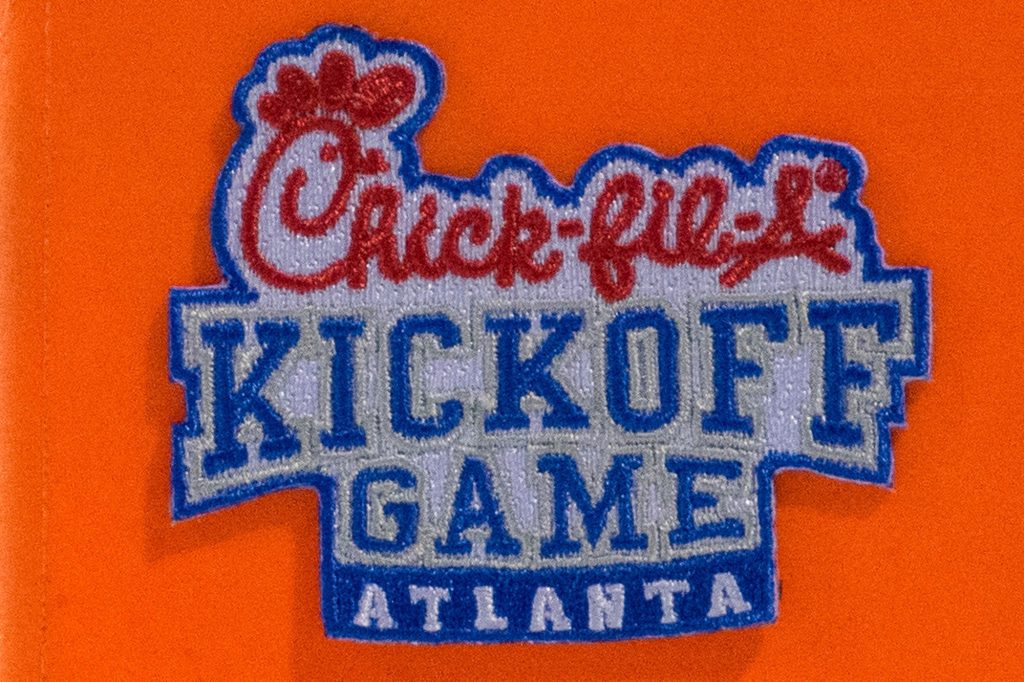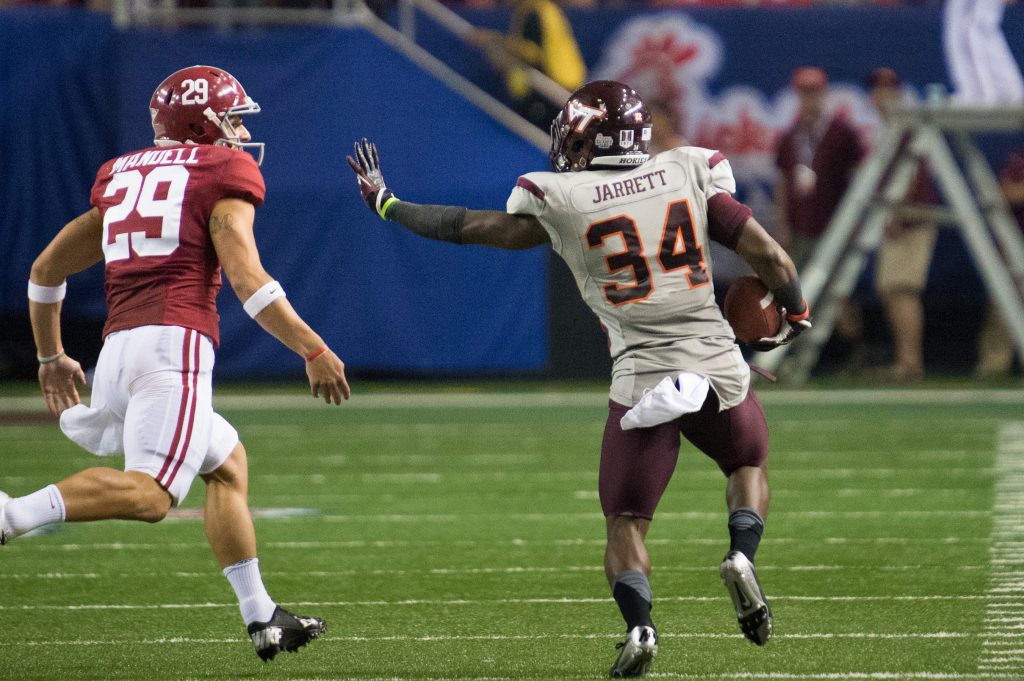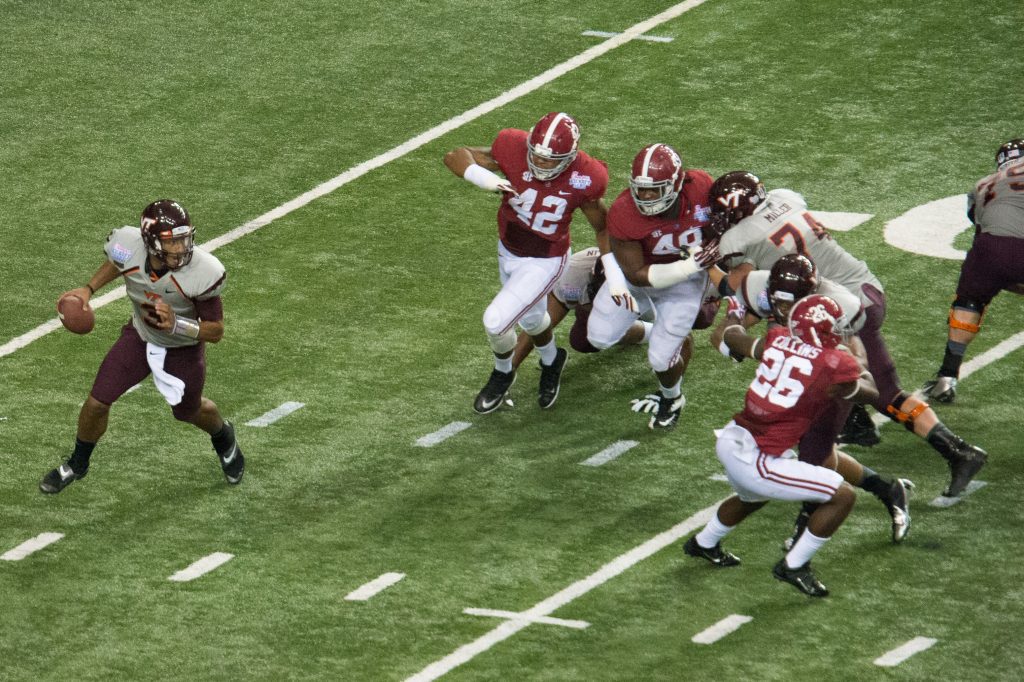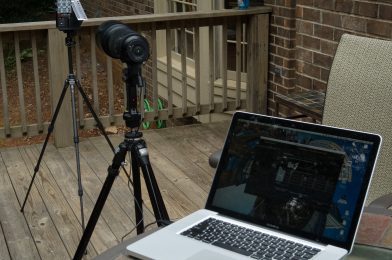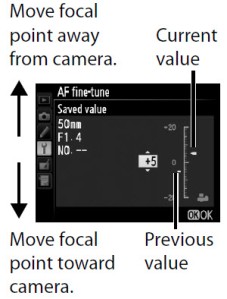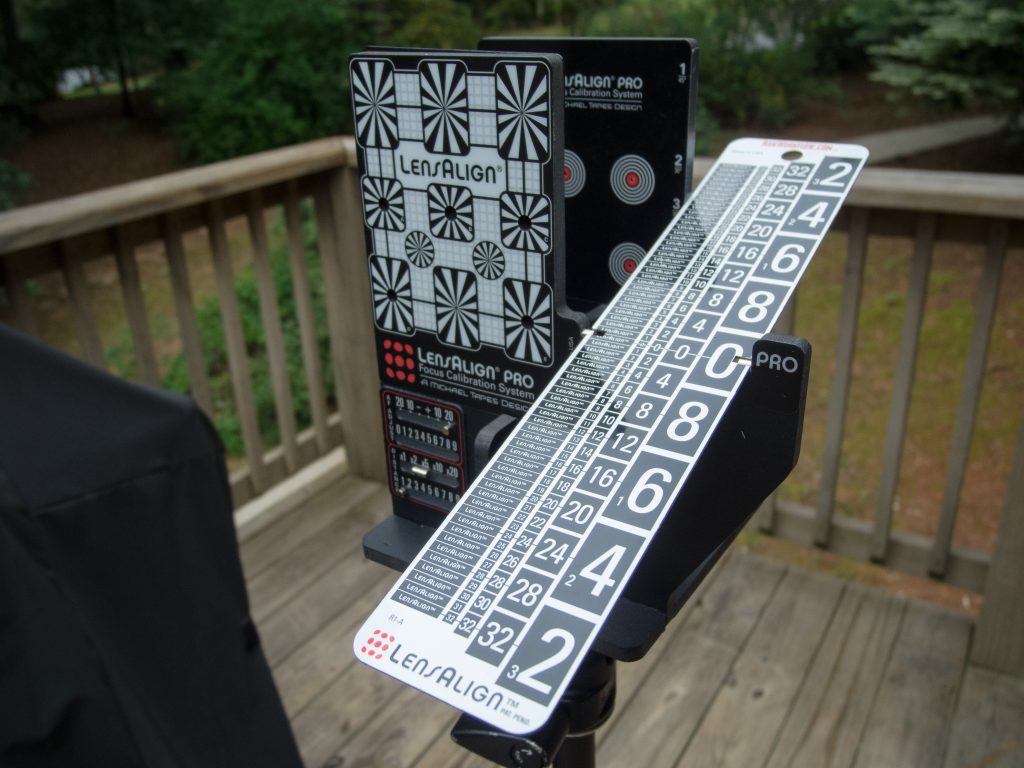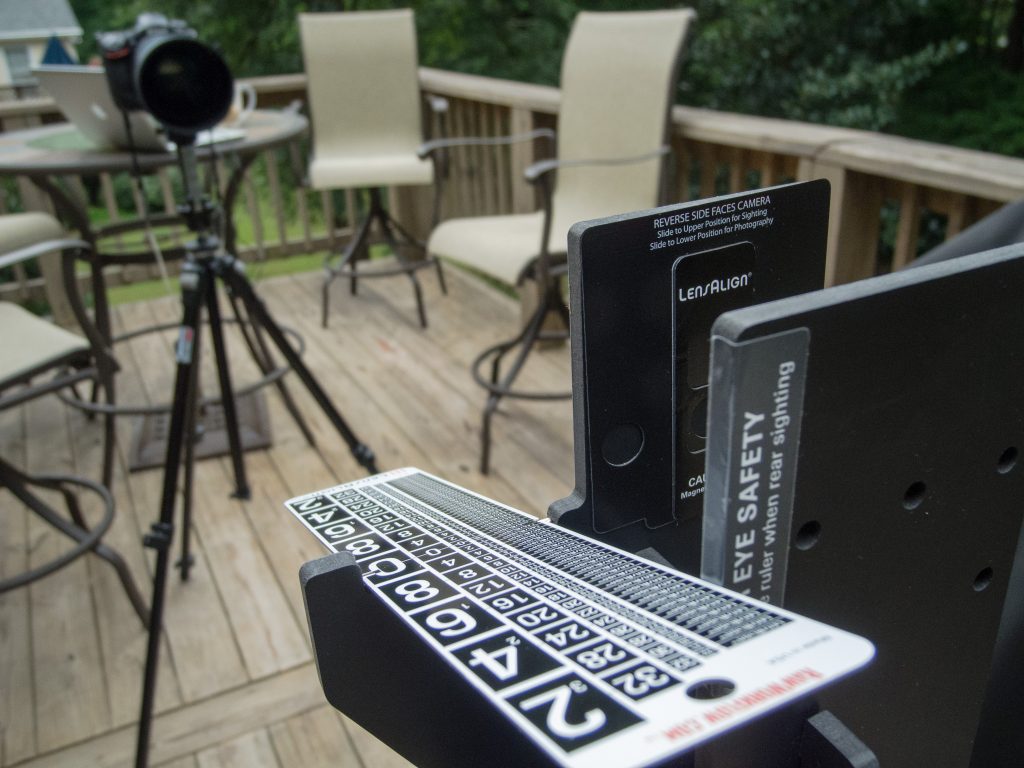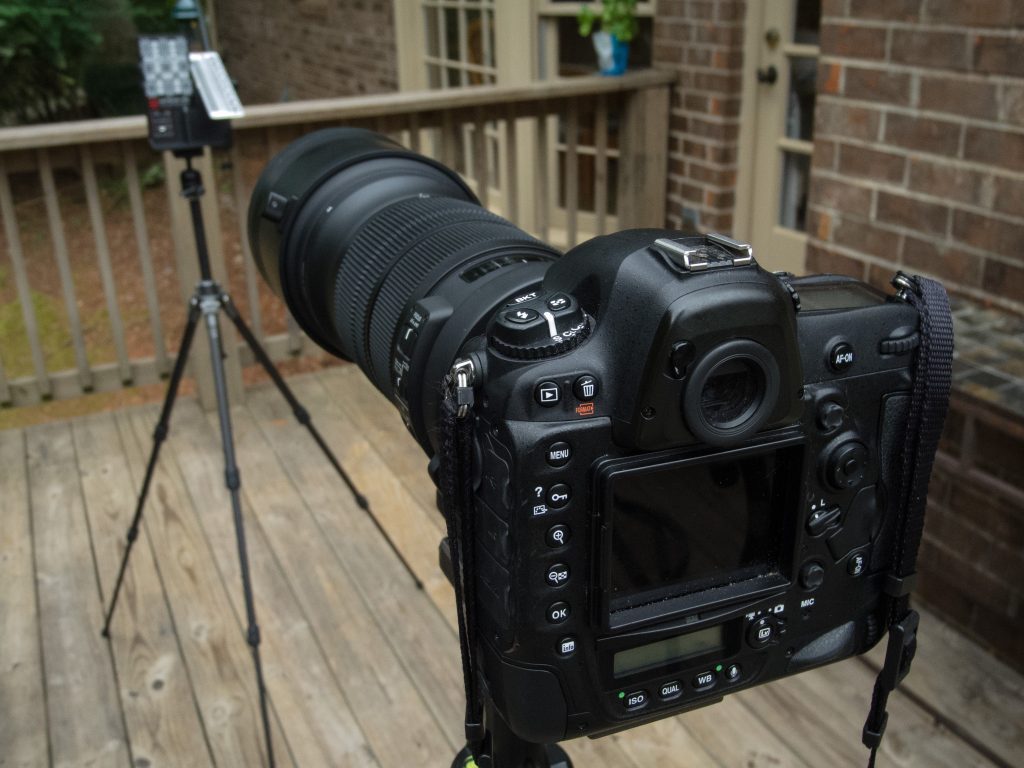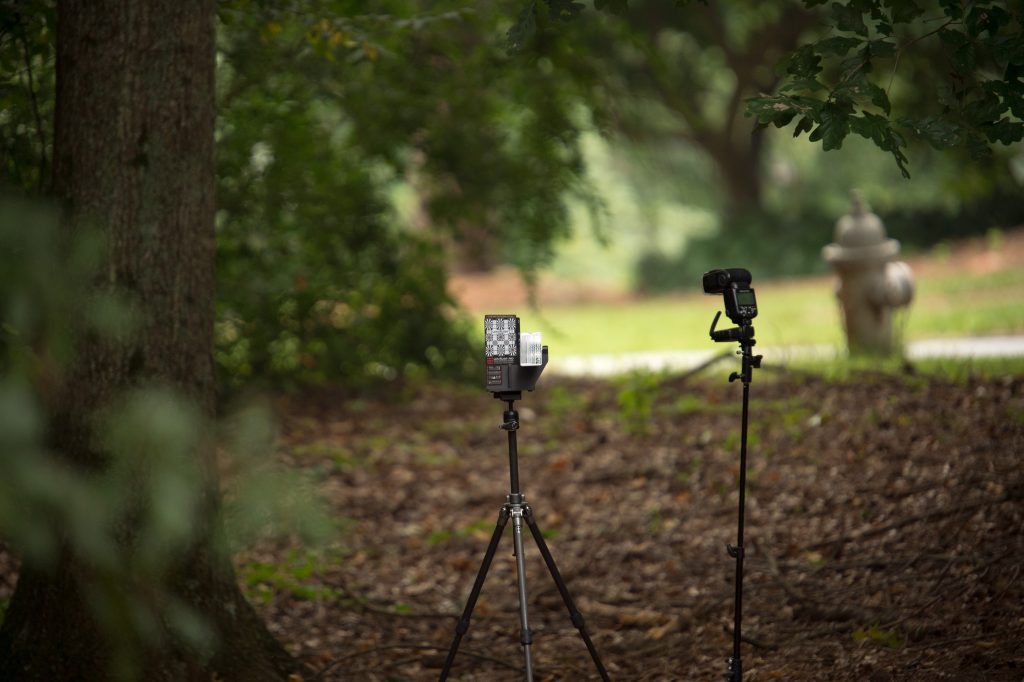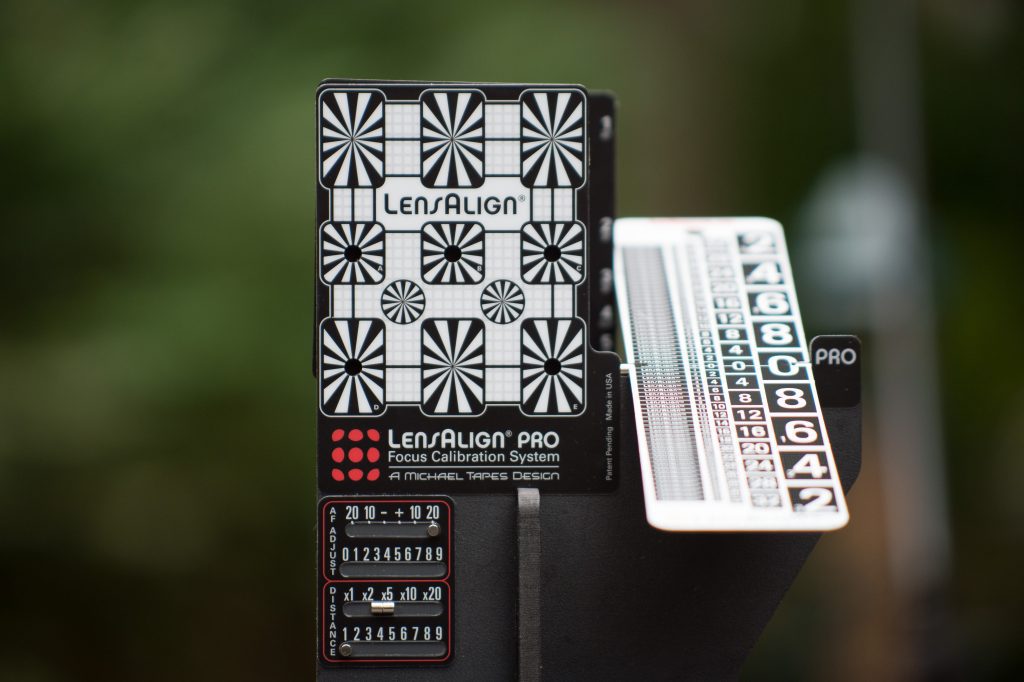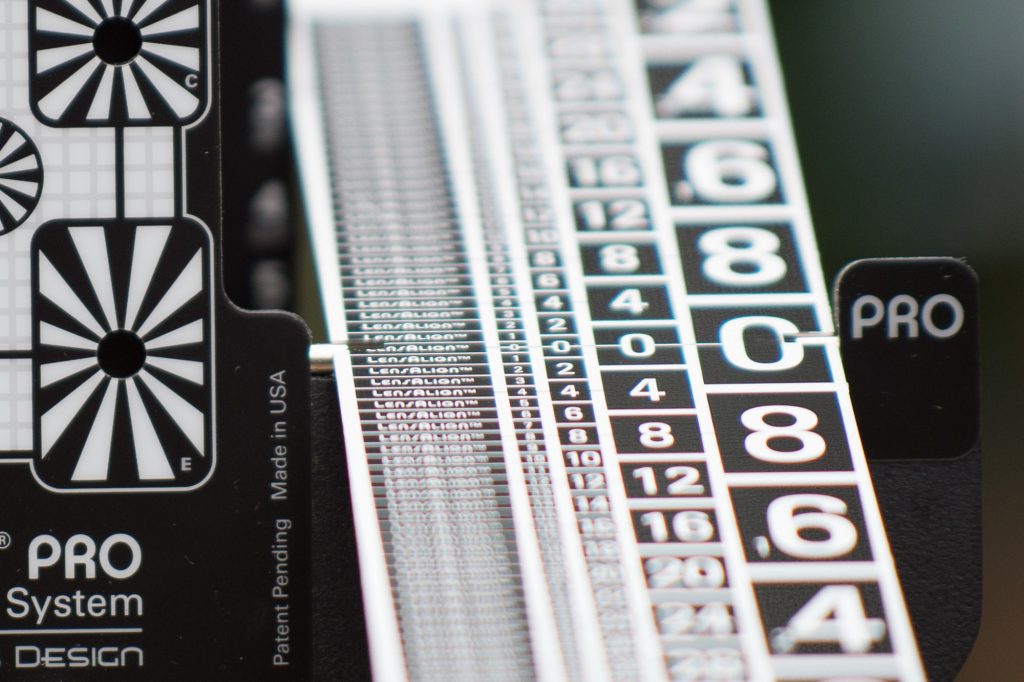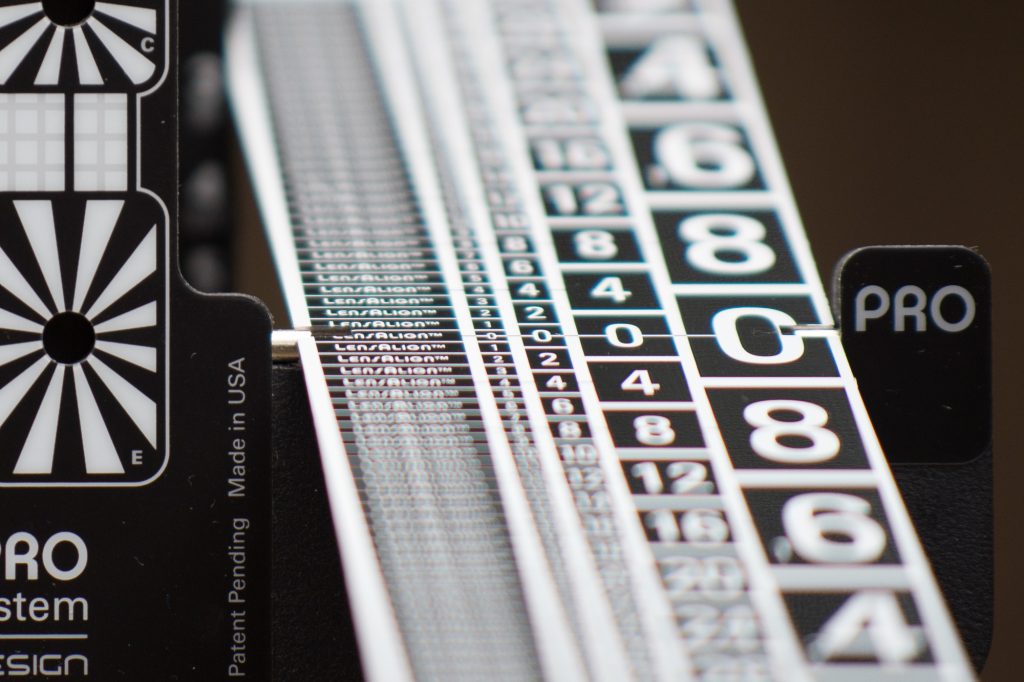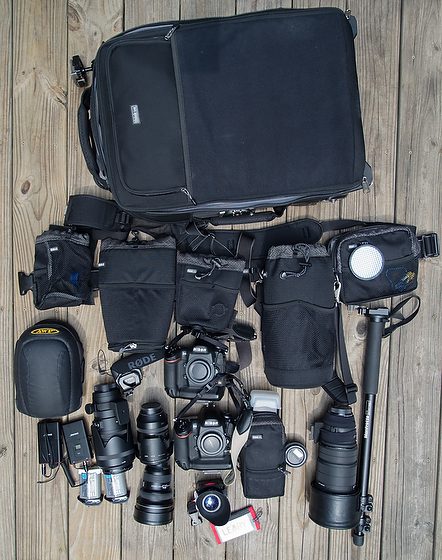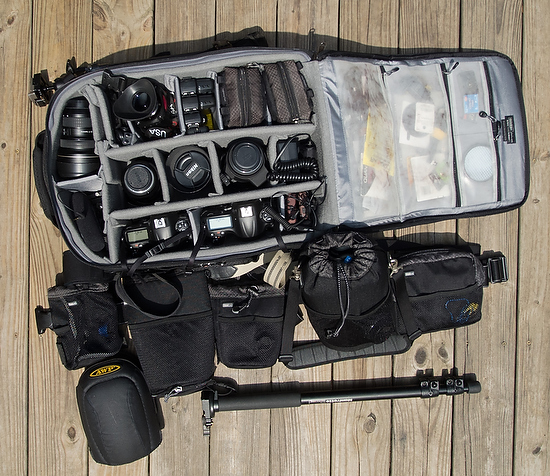God, the one and only— I’ll wait as long as he says. Everything I need comes from him, so why not? He’s solid rock under my feet, breathing room for my soul, An impregnable castle: I’m set for life.
—Psalm 62:1 MSG
One of the greatest blessings I have found in my life is anxiety. I have talked about this in many ways on this blog.
When editing my work, I become anxious because the photos don’t fully capture the event with the emotional impact I felt. When I awake in the morning, I am often stressed because I am unsure where my next project from a client will come from. Over the past few years, I have lost more clients because of their dwindling budgets.
Malcolm Gladwell is an author that I continue to follow and buy his books. His latest book, David and Goliath: Underdogs, Misfits, and The Art of Battling Giants, is about what happens when ordinary people confront giants.
There is an interview done with Malcolm Gladwell by the Religious News Service that you can read here.
Sarah Pulliam Bailey writes, “Gladwell said while researching the book, he began rediscovering his faith after having drifted away. Here, he speaks with RNS about his Mennonite family, how Jesus perfectly illustrates the point in his new book and how Gladwell’s return to faith changed how he wrote the book.”
The difficulty many without a faith perspective will struggle with is how this one review by J. Gomez put it, “I have a tough time buying the notion that people succeed because of their difficulties, “The second, more intriguing, possibility is that they succeeded, in part, because of their disorder–that they learned something in their struggle that proved to be of enormous advantage.” So I see it as overcoming challenges, making the best of what you have.”
Malcolm Gladwell gave a TED Talk recently on the classic story of David and Goliath. When revisiting the story, he discovers some hidden truths he missed growing up in the church hearing the story.
Making the best of what you have is total self-reliance and the belief that you completely control your circumstances.
Pray as though everything depended on God. Work as though everything depended on you.
—Saint Augustine
I believe that those with a very close relationship with God have a healthy balance, as St. Augustine so eloquently put it. The tension is in the part that it is often a collaboration between man and God.
Many questions why a loving God would ever allow for evil in this world.
If God thinks this state of war in the universe a price worth paying for free will―that is, for making a real world in which creatures can do real good or harm and something of real importance can happen, instead of a toy world which only moves when He pulls the strings―then we may take it it is worth paying.
― C.S. Lewis, The Case for Christianity
I have never been in a place where I was entirely at peace. But, unfortunately, in the tension of life, we can choose to see our glasses as half empty or half full.
Recently I wrote about how seasoned professional photographers look at their contact sheets and look for what they could do better. They are aware of the shortcomings of their images to what they felt and saw with their own eyes. Their struggle is an enormous advantage over the lousy photographer who looks only for a good idea.
As iron sharpens iron,
so one person sharpens another.
―Proverbs 27:17 MSG
I wrote earlier about one of my greatest struggles with Aspergers. Here are links to those two blog posts
Mar 22, 2013
Asperger’s Syndrome It would not be until the adult years that I understood that I had Asperger’s Syndrome. Early on, I went for psychological testing because of my behavior in the classroom. They suspected I had Autism, but
Mar 23, 2013
While many think that those with Asperger’s Syndrome lack sensitivity to others and lack empathy, I believe just the opposite. While their outward social skills are lacking, they know many things people do not see.
Today you are facing many things which create anxiety. Don’t be the person who thinks you alone can pull yourself up by your bootstraps. To overcome the fear that pressure brings into our lives, you need to know you cannot do this alone.
I recommend reading this prayer today and every day. Make it your prayer, and you can overcome the anxiety of this world.
The Serenity PrayerGod, give me grace to accept with serenitythe things that cannot be changed,Courage to change the thingswhich should be changed,and the Wisdom to distinguishthe one from the other.Living one day at a time,Enjoying one moment at a time,Accepting hardship as a pathway to peace,Taking, as Jesus did,This sinful world as it is,Not as I would have it,Trusting that You will make all things right,If I surrender to Your will,So that I may be reasonably happy in this life,And supremely happy with You forever in the next.Amen.―Reinhold Niebuhr
One of the critical things I have been struggling with has been my identity and how I describe myself to others.
As a side note to this thought, you might not be aware that the Jewish people try not ever to say the name of God because by just saying it, we limit what God can be. Theologians call this putting God in a box.
If we were indeed created in God’s image as written in Genesis, then it would appear that we should be as careful about putting not just God in a box as we are. Is it possible that the reason for much of our anxiety is that we may define ourselves as photographers alone, and this has limited our abilities?
What would have happened if David had been older and allowed adult thoughts to limit his ability to kill Goliath? The key to the story of David and Goliath is that David acknowledged that all his victories were not his own but because of God. David said, “God, who delivered me from the teeth of the lion and the claws of the bear, will deliver me from this Philistine.”
David wasn’t thinking about being a shepherd or running to be king. Instead, David saw the anxiety of his people and believed the God who protected him while in the battle for his sheep would allow him to take on Goliath.
If you have lost your job as a staff photographer or are losing clients for various reasons, don’t limit yourself by defining yourself as just a photographer. That is how David’s brothers tried to explain and send him home. David was not a shepherd; David was a faithful follower of God and trusted God to deliver him every day as he watched his flock of sheep.
Why am I grateful for the stresses of this world that create anxiety in my life? Because without them, I wouldn’t need to get on my knees today and ask God to give me the wisdom to know what I should do today.
4 Rejoice in the Lord always. I will say it again: Rejoice! 5 Let your gentleness be evident to all. The Lord is near. 6 Do not be anxious about anything, but in every situation, by prayer and petition, with thanksgiving, present your requests to God. 7 And the peace of God, which transcends all understanding, will guard your hearts and your minds in Christ Jesus.
8 Finally, brothers and sisters, whatever is true, whatever is noble, whatever is right, whatever is pure, whatever is lovely, whatever is admirable—if anything is excellent or praiseworthy—think about such things. 9 Whatever you have learned or received or heard from me, or seen in me—put it into practice. And the God of peace will be with you.
―Philippians 4:4-9 [NIV]



